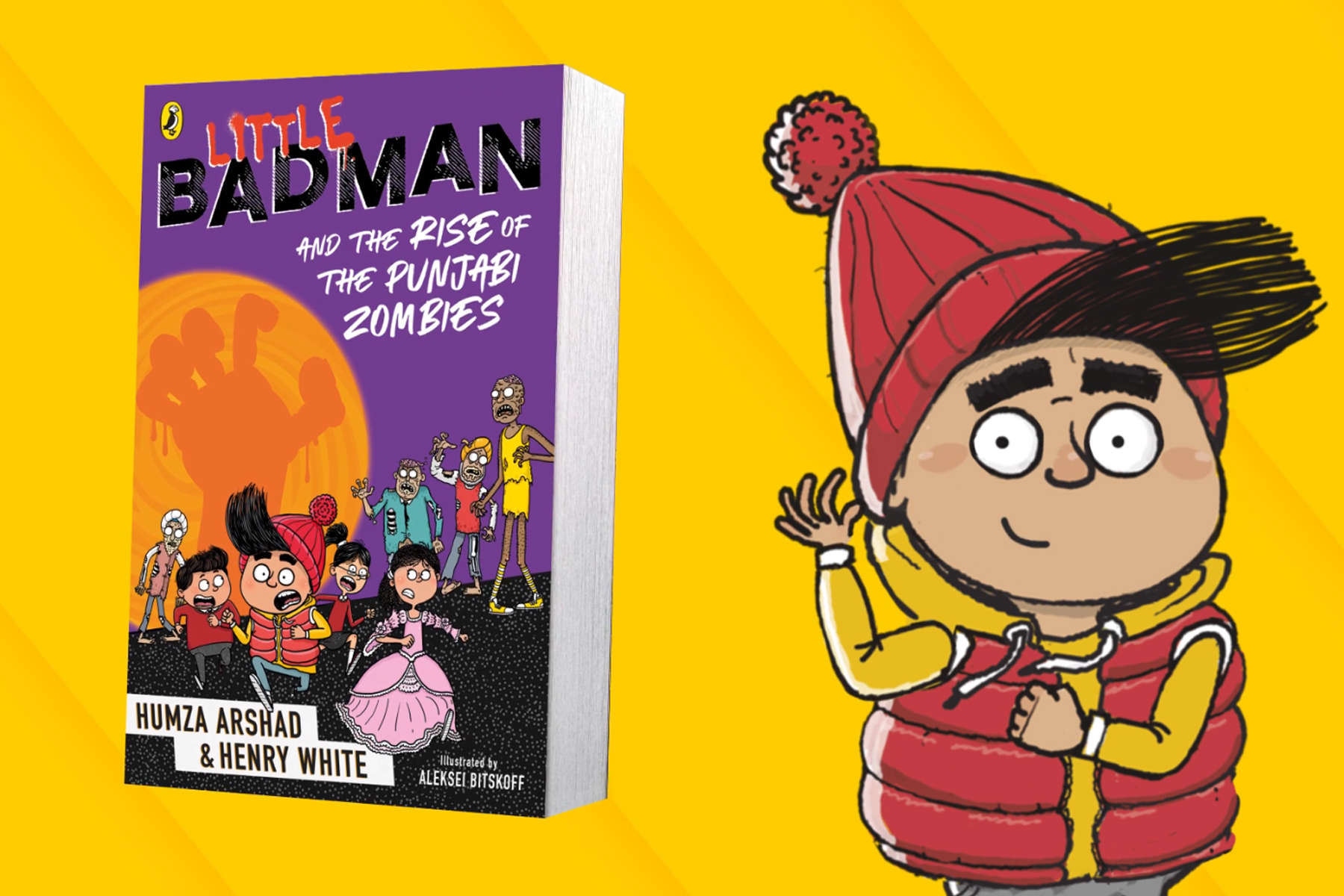- Home |
- Search Results |
- Want to know more about the Punjab?
Want to know more about the Punjab?
In Little Badman and the Rise of the Punjabi Zombies, caretaker Mr Kapoor mentions the Partition that took place in India in 1947. Here, we’ve shared the afterword from the book, which provides a more detailed overview of the historic event, written by Swapna Haddow.

The mystical Orb of Harappa is totally made up (probably) so don’t go nosing through your elderly neighbour’s garden (definitely). But what Mr Kapoor said about India being partitioned into two countries is true [see Chapter 24 of Little Badman and the Rise of the Punjabi Zombies]. And it all happened under British rule.
From the late 1400s onwards, various European powers arrived in India, attracted by the huge riches the country had to offer in terms of trade. The British invaded India in the 1750s and started to take control of small regions before finally assuming full power in 1858. During their reign, it is suggested that the British plundered up to £9.2 trillion from India, including taking the Koh-i-Noor, which is one of the largest diamonds in the world! It is currently part of the British crown jewels. Both Indian and Pakistani governments have asked for its return, but the British have gone a bit Bristlewick and aren’t giving it up easily.
The British were in power in India up until 1947. By this point, many people in India did not want to be ruled by them anymore, and, following a long struggle, India gained independence from the British that year. But, after so long under British rule, leaving India to self-govern wasn’t straightforward. There was rising tension between the three main religious groups in the country, the Hindus, Muslims and Sikhs, and they were all worried about how fairly they would each be represented in the new government.
With that in mind, the British decided to split the country into two before they left, with a border through the north of India. Muslims were encouraged to live in the newly formed country of Pakistan, and the Hindus and Sikhs were to live on the Indian side of the border.
The Partition led to the biggest migration of humans in history. It is estimated more than fourteen million people moved across the border, forced out of their homes and away from their family, friends and neighbours. As Mr Kapoor said, it was a dark time for so many. Sadly, people lost their lives to deadly violence during the upheaval. As many as two million deaths were estimated to have been caused by the decisions made by the British and the leaders in charge at the time.
'The Partition led to the biggest migration of humans in history'
Over seventy years on, many who survived are still haunted by the horrors of that event.
One state caught up in the huge displacement of people was the Punjab. Situated in the north of India, the state was split into West Punjab and East Punjab, with West Punjab being designated to Pakistan and East Punjab to India. The diverse population of Punjabi Muslims, Hindus and Sikhs found themselves on the move with many heading to India or Pakistan in search of safety from the violence of Partition. These days, over fifty percent of Pakistan’s population is of Punjabi origin.
When the British left, they promised many opportunities to their former loyal subjects back in India and Pakistan, and had become reliant on their skills and labour. With shortages in the workforce after the Second World War, Britain actively recruited workers across the Commonwealth, which included countries from Asia, like India and Pakistan, African nations and the islands of the Caribbean.
Many Punjabi men travelled to Britain in the hope of settling into a better life, before bringing over their families too. They were promised good wages that would leave plenty to send back home to their loved ones in the Punjab. They arrived in Britain and got to work quickly, taking on roles in the manufacturing, service and textile industries, and some went on to grow small businesses of their own.
But it was tough to settle in this new land. The climate, language and food were very different from what they were used to, and not all Brits gave them a warm welcome. Racism and exploitation were rife as they tried to settle in and navigate a completely new culture that was hostile to their own. Migrants were often unfairly paid, and some were made to work and live in extremely dangerous conditions. There are stories of some being threatened with violence, and employers taking passports and treating workers like slaves.
Members of the Punjabi community stuck together to combat homesickness and cruelty. They looked out for one another and helped new migrant families arriving into Britain for the first time. Hubs of Punjabi communities cropped up all over Britain, with Southall in West London being one of the earliest. Bhangra music played from the windows and Indian cuisine started to filter into English life as migrants and natives started to work and live together more harmoniously.